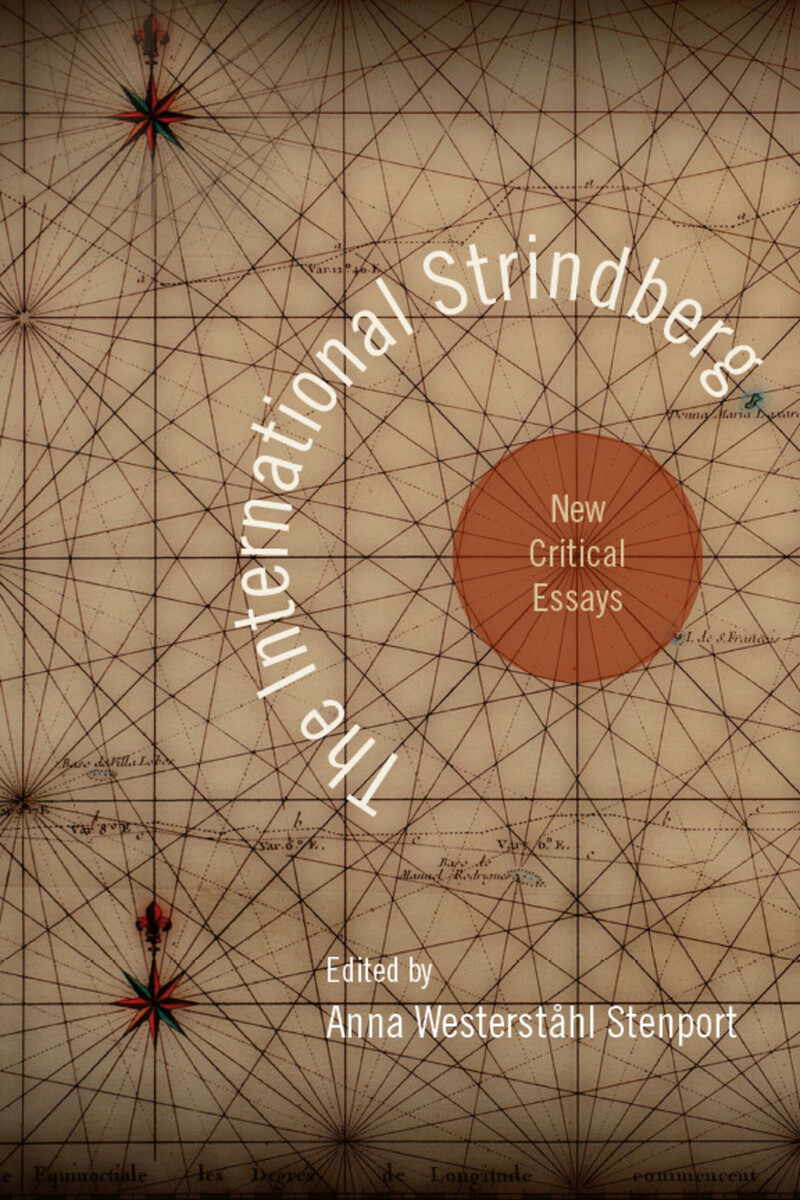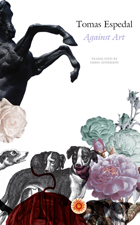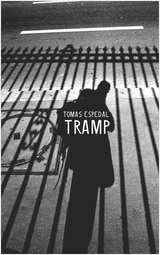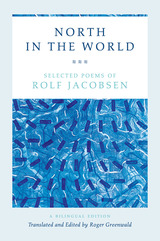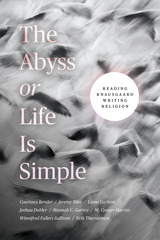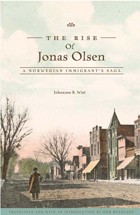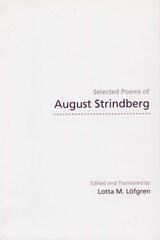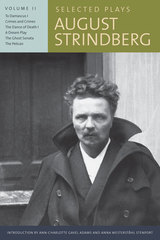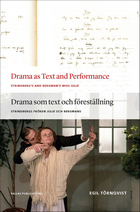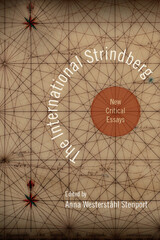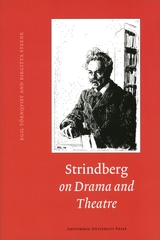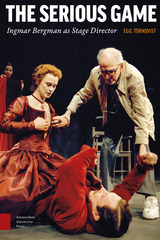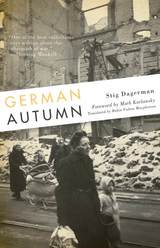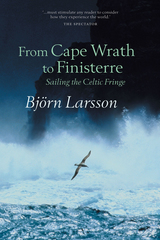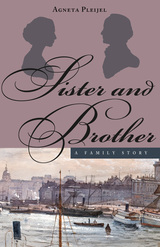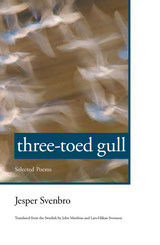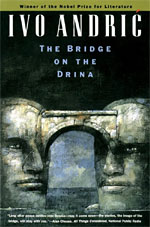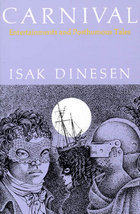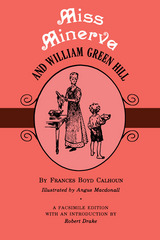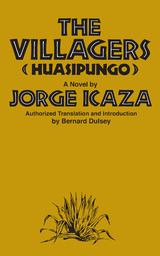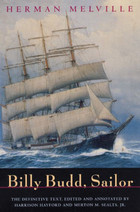The International Strindberg: New Critical Essays
Northwestern University Press, 2012
Paper: 978-0-8101-2850-7 | eISBN: 978-0-8101-6629-5
Library of Congress Classification PT9816.I56 2012
Dewey Decimal Classification 839.726
Paper: 978-0-8101-2850-7 | eISBN: 978-0-8101-6629-5
Library of Congress Classification PT9816.I56 2012
Dewey Decimal Classification 839.726
ABOUT THIS BOOK | AUTHOR BIOGRAPHY | TOC | REQUEST ACCESSIBLE FILE
ABOUT THIS BOOK
This fine collection of essays offers a wide range of new and original perspectives on Strindberg and his relation to modern and contemporary literature. By using Strindberg as a fulcrum or spring board, the volume opens a unique and unusual historical perspective on Europe and European literature. One of the important values of The International Strindberg is that it will appeal to a variety of readers, since the essays cover such a diverse range of approaches. The introduction is particularly impressive because it both sets up the value of looking at Strindberg from a twenty-first century perspective and suggests how that can and should be done. The volume demonstrates the variety of ways in which Strindberg’s work can be seen and discussed in light of twentieth and even twenty-first century literature.
See other books on: 1849-1912 | Modernism (Literature) | New Critical Essays | Scandinavian | Strindberg, August
See other titles from Northwestern University Press
